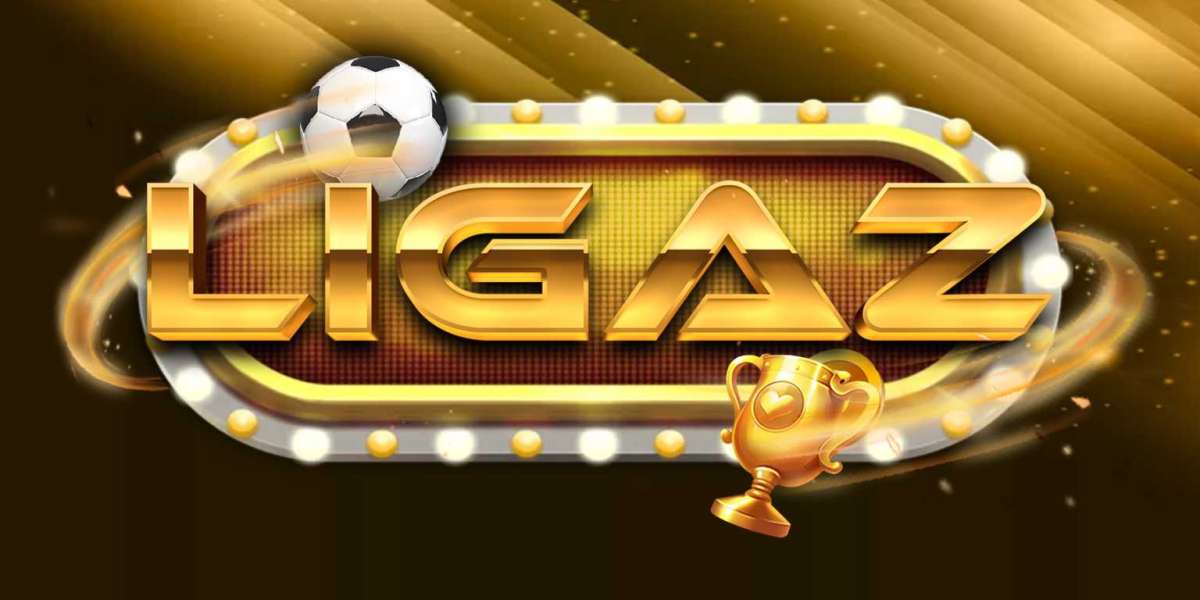The Need for Speed in EV Charging: A Deep Dive into DC Fast Charging
As electric vehicles (EVs) shift from niche to mainstream, the demand for faster, more efficient charging solutions continues to surge. Among the various options, DC fast charging—also known as Level 3 charging—stands out as the fastest and most convenient method available today. Designed for drivers on the go, these high-powered chargers offer drastically reduced charging times, making them essential for long-distance travel, commercial fleets, and urban EV users with limited access to home charging.
In this article, we’ll explore the mechanics, benefits, connector types, vehicle compatibility, and cost considerations of DC fast charging to help both EV owners and industry professionals make informed decisions in the transition to electric mobility.
What Is a DC Fast Charger?
DC fast chargers are the most powerful category of EV charging stations, capable of delivering a significant charge in as little as 15–30 minutes. Unlike Level 1 and Level 2 AC chargers, which supply alternating current (AC) and rely on the car’s onboard charger to convert it to direct current (DC), DC fast chargers perform this conversion externally—delivering DC power directly to the battery.
This direct-to-battery approach enables much higher charging speeds:
Level 1 charging: ~2–5 miles of range per hour (full charge in 20+ hours)
Level 2 charging: ~10–60 miles of range per hour (full charge in 4–8 hours)
DC fast charging: ~60–250+ miles of range in 20–30 minutes
Whether you're on a road trip or managing a commercial fleet, DC fast charging significantly reduces downtime.
Connector Types and Charging Standards
Unlike AC charging, which is largely standardized, DC fast charging requires specific connectors—often dictated by region or vehicle brand. Here's a breakdown of the major connector types:
1. CCS (Combined Charging System)
Regions: North America (CCS1), Europe (CCS2)
Use Case: Most common standard across newer EVs
Advantage: Supports both AC and DC via a single vehicle inlet
2. CHAdeMO
Regions: Japan, some legacy EVs worldwide
Use Case: Older Nissan Leaf and Mitsubishi models
Limitation: Separate port required for DC, max power often capped at 50 kW
Status: Being phased out in favor of CCS, especially in Europe and North America
3. Tesla Supercharger
Regions: Global, with regional differences
Use Case: Proprietary for Tesla in North America; supports CCS in Europe
Note: Tesla is opening its Supercharger network to non-Tesla EVs in many regions via adapters or CCS compatibility
⚠️ Tip: Always verify connector compatibility before heading to a charging station.
Vehicle Compatibility and Charging Speeds
Just because your EV supports DC fast charging doesn't mean it can utilize the maximum speed a charger offers. Charging speeds depend on:
✅ Your EV’s Maximum DC Charging Rate
Some EVs support ultra-fast charging up to 350 kW (e.g., Porsche Taycan, Hyundai IONIQ 5), while others max out at 50–100 kW.
✅ Battery State of Charge (SoC)
Charging slows down significantly as the battery approaches 100%. Most fast chargers advertise speeds for 20%–80% SoC.
✅ Thermal Management
Efficient cooling systems allow higher-speed charging for longer durations without overheating.
⚠️ Important: Some compact EVs, like the Fiat 500e, do not support DC fast charging at all.
Cost Considerations: Paying for Speed
? Is DC Fast Charging More Expensive?
Yes—but for good reason. These stations:
Require more complex infrastructure
Draw higher power from the grid
Offer significant time savings
? Common Pricing Models
Per minute: Based on connection time
Per kWh: Based on actual energy delivered
Session fees or idle penalties: Flat fees or fines for overstaying
⚠️ Efficiency Tip:
If your EV only supports 50 kW and you're using a 250 kW charger that bills per minute, you're paying premium rates for a lower-speed charge. Always match charger power to your vehicle’s capacity to avoid unnecessary costs.
When Should You Use DC Fast Charging?
DC fast charging is not meant for daily use due to cost and potential long-term battery wear. It’s best suited for:
? 1. Long Road Trips
Minimize delays with quick top-ups between destinations.
? 2. Fleet Operations
Maximize uptime with faster turnarounds for delivery or rideshare EVs.
⚡ 3. Emergency Situations
Low battery and no time to spare? Fast charging is your lifeline.
?️ 4. Urban Public Charging
Especially where home or workplace charging isn’t an option.
The Future of DC Fast Charging
The EV charging ecosystem is evolving rapidly. Here's what lies ahead:
? Higher Power Outputs
Ultra-fast chargers delivering 400–500 kW are being developed to match next-gen EVs.
⚡ Battery Buffer Systems
On-site battery storage helps reduce strain on the power grid during peak use.
? Vehicle-to-Grid (V2G) Capabilities
Future stations may enable bi-directional charging, letting EVs return power to the grid.
? Expanded Infrastructure
Governments and private firms are rapidly building networks, especially along highways and in rural areas.
Final Thoughts: Is DC Fast Charging Right for You?
DC fast charging is a transformative solution in the EV landscape. However, it's not a one-size-fits-all answer. Before using one, ask yourself:
Does my EV support DC fast charging?
What’s its maximum DC input rate?
Is the station’s connector compatible?
Am I being charged based on time, energy, or flat fees?
✅ Best Use Case:
Supplement Level 2 charging with fast charging when you need speed and flexibility.
Understanding how, when, and where to use DC fast charging helps EV drivers save time, money, and energy—literally.Know more about Google SEO Directory



